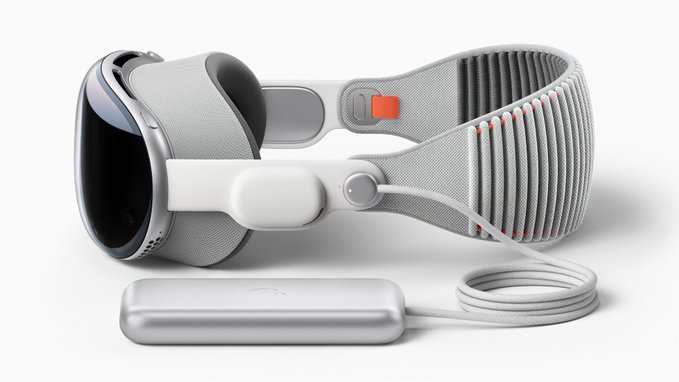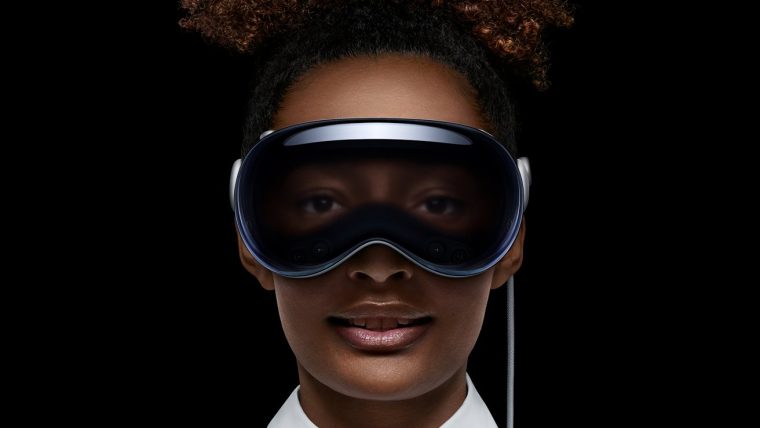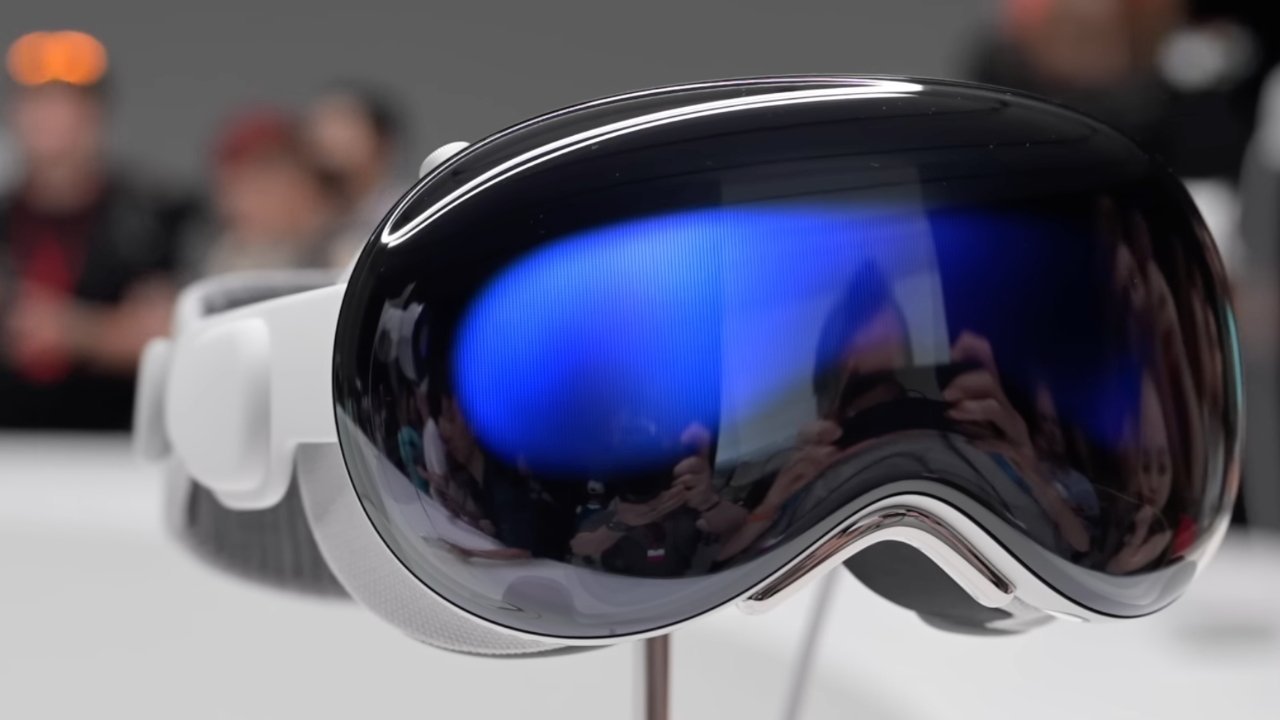Apple’s ambitious Vision Pro headset, aimed at delivering an immersive augmented reality experience, is encountering obstacles in its production as the company struggles to find a display maker that can meet its demanding expectations.
The micro OLED displays, a critical component of the headset, present intricate design complexities and manufacturing challenges, leading to a significant reduction in production forecasts. This setback raises concerns about the availability and pricing of the headset, forcing Apple to seek a solution to the display conundrum.
Vision Pro Headset Display Challenges
According to the Financial Times, Apple now expects to manufacture less than 400,000 units of the Vision Pro headset in 2024, a sharp decline from its initial target of 1 million units within the first year. The main issue lies in the intricate design of the headset, particularly the micro OLED displays.
These displays, which are the size of a postage stamp, differ from the conventional OLED displays found in smartphones. They are deposited on silicon wafers, adding complexity and cost to the manufacturing process.
Unlike regular OLED displays, micro OLEDs offer an impressive pixel density of 3,000 pixels per inch (PPI), six times higher than that of glass OLED displays. However, the cost of the silicon wafers, the vulnerability to manufacturing defects caused by tiny dust particles, and the absence of mass production capabilities contribute to the inflated prices of micro OLED displays.

Estimates that the cost of two micro OLED displays for the Vision Pro headset is around $700, accounting for nearly half of the total manufacturing cost of the product.
Sony, known for its expertise in micro OLED technology used in digital cameras, is currently responsible for producing the displays for the initial version of Apple’s flagship headset. However, Sony is cautious about scaling up production due to uncertainties surrounding the future growth prospects of the mixed-reality headset market.
Sony’s hesitation opens up opportunities for Korean competitors, namely Samsung Display and LG Display, to emerge as leading suppliers of micro OLED displays for Apple’s headset. Samsung Display recently acquired eMagin, a US micro OLED producer, and is in the process of establishing a manufacturing facility for micro OLEDs in South Korea.
LG Display, on the other hand, showcased its own micro OLED prototype earlier this year. Apple is reportedly collaborating with both Samsung and LG on future iterations of the headset, including a more affordable version targeting the mass-market segment.

Apple is Unwilling to Compromise on Display Quality
Despite exploring alternative display options, Apple remains unwavering in its commitment to high-quality micro OLED technology. Tim Cook, Apple’s CEO, reportedly refuses to compromise on display quality, even for future mass-market models.
This steadfast dedication poses a challenge for display makers, as meeting Apple’s stringent requirements for micro OLED displays is no easy feat. The industry as a whole struggles with yield rates and the high cost of production, making it difficult to reduce prices in the near future.
Yi Choong-hoon, a display industry expert and head of UBI Research, suggests that Samsung Display is well-positioned to supply micro OLED displays for Apple’s second iteration of the headset. However, he emphasizes that the industry-wide yield rates are currently suboptimal, and reducing micro OLED prices will be challenging due to the ultra-compact nature of the pixels and the high cost of silicon wafers.
Additionally, Chinese companies may encounter obstacles in supplying micro OLED panels to Apple due to potential military applications and export controls imposed by the US.
Concerns About Display Availability Continue to Rise
Ultimately, all display makers face a dilemma in allocating resources to a relatively niche product like the Vision Pro headset. The intense competition in the display sector, coupled with the need for significant investments to improve production yields, leads companies like Samsung and LG to prioritize OLED displays for TVs, tablets, and foldable phones, which have much more immediate market demand.
Apple’s pursuit of high-quality micro OLED displays for the Vision Pro headset underscores the company’s commitment to delivering exceptional user experiences.
However, the challenges associated with manufacturing these displays have resulted in production setbacks and uncertainties about the headset’s availability. As Apple continues its search for a display maker that can meet its expectations, the future of the Vision Pro remains uncertain, leaving consumers eagerly awaiting further updates from the tech giant.
Related Articles
- How to Buy Apple Stock in 2023
- Meta’s Threads Already Crossed 70 Million Downloads and is Attracting Popular Banned Twitter Users
- India is Going Digital Fast and It’s Running Into Cybersecurity Growing Pains With Ransomware Attacks Up 53% in 2022
What's the Best Crypto to Buy Now?
- B2C Listed the Top Rated Cryptocurrencies for 2023
- Get Early Access to Presales & Private Sales
- KYC Verified & Audited, Public Teams
- Most Voted for Tokens on CoinSniper
- Upcoming Listings on Exchanges, NFT Drops
